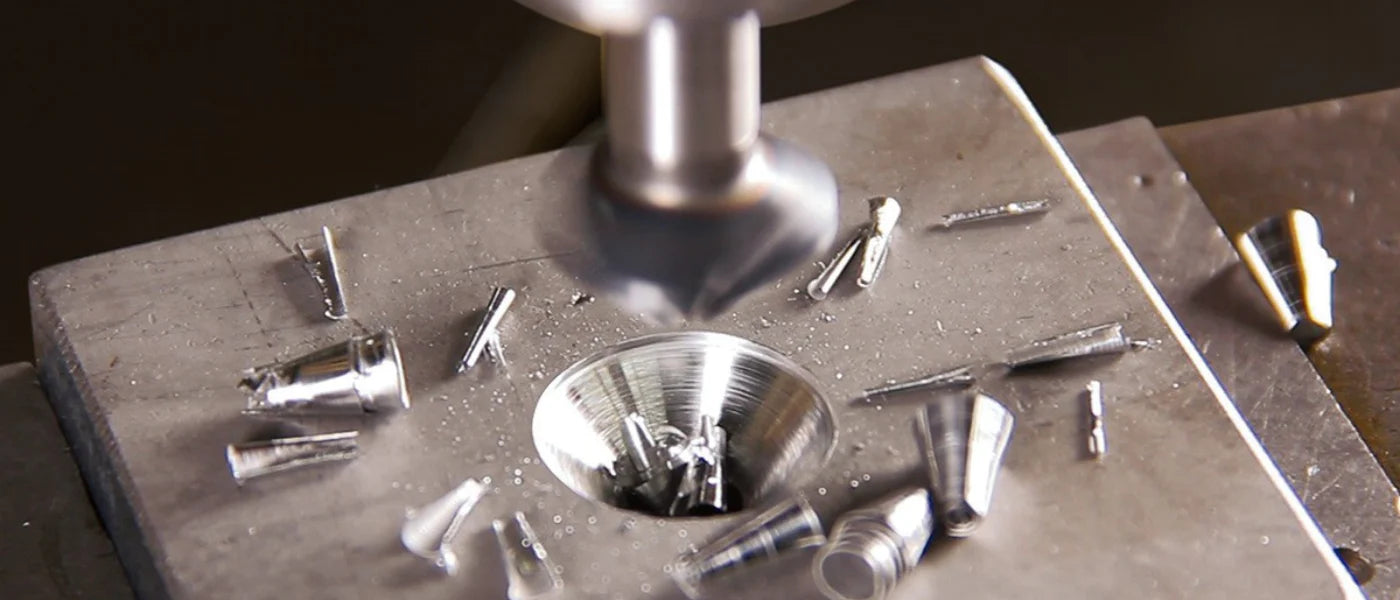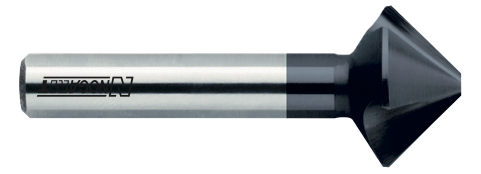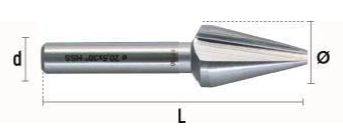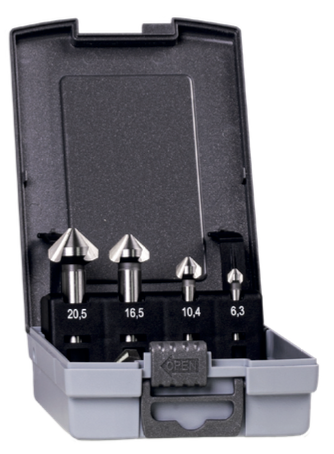210 2231624

Buyer's Guide to Countersinks
Countersinks are cutting tools used to create a tapered or cylindrical hole in a material for the purpose of allowing a screw or bolt head to sit flush with the surface or to create a chamfer angle break. They are widely used in a variety of industries, including woodworking, metalworking and construction.
There are several countersinks , each designed for specific applications and materials. The most common types include:
One flute

The one flute ones does not vibrate at high speeds and are often used to cut smaller holes.
Two, three or four Flutes

Each additional flute increases tool life by distributing the cutting load over more edges. However, fewer flutes provide better burr clearance when machining materials such as plastic.
Six Flutes

Six flutes remove more material per revolution than taper cutters with fewer wings for a smoother finish and longer tool life.

The diameter of the cutter must be equal to or greater than the diameter of the head of the countersunk screw. Use a starting hole that is larger than 10% of the cutter body diameter.
- 60° - For holding workpieces between centers on a lathe.
- 82° - For flat and oval head inch screws.
- 90° - For flat and oval head metric screws as well as deburring.
- 100°, 110° or 120° Opposite angle - For rivets.























